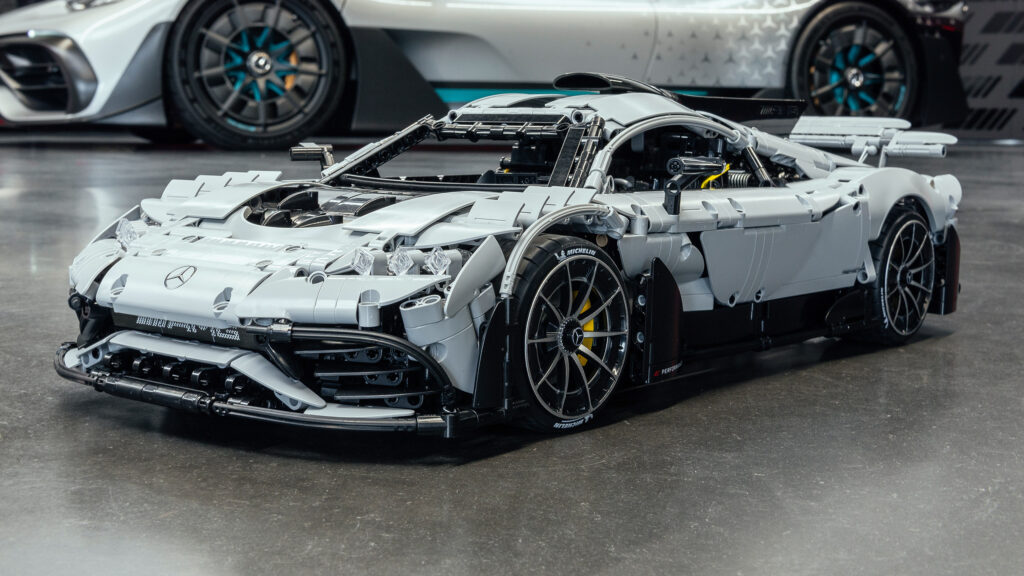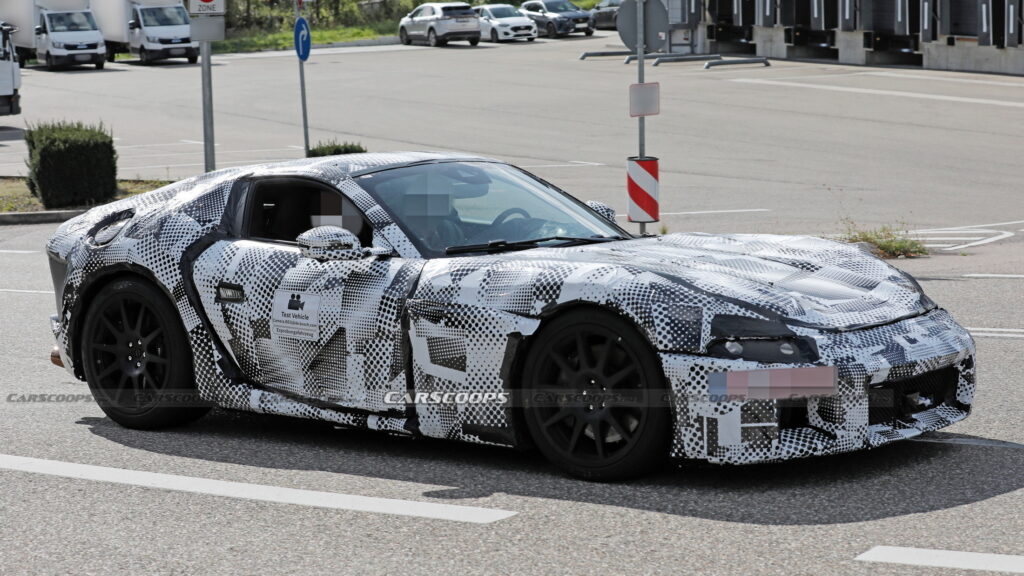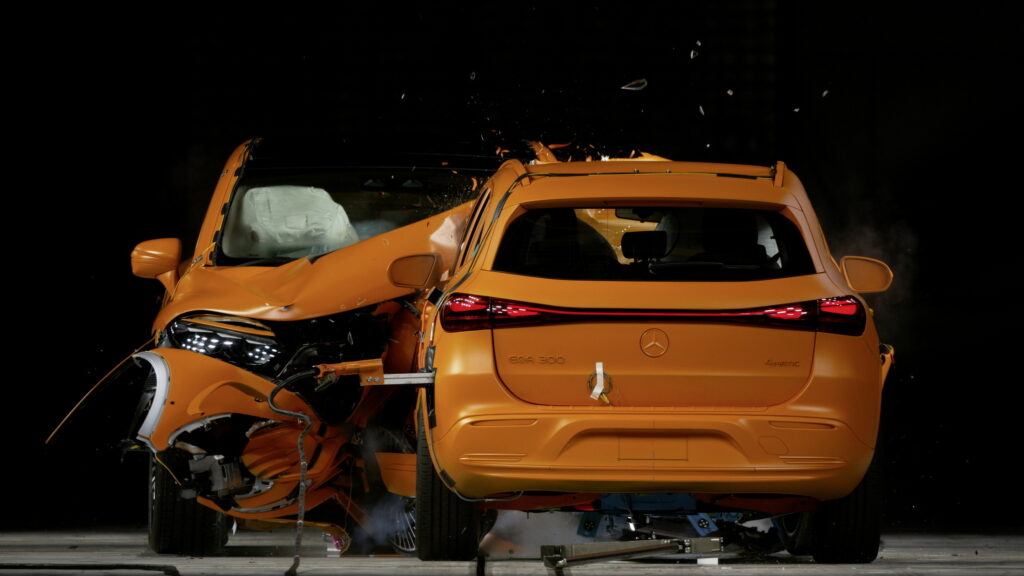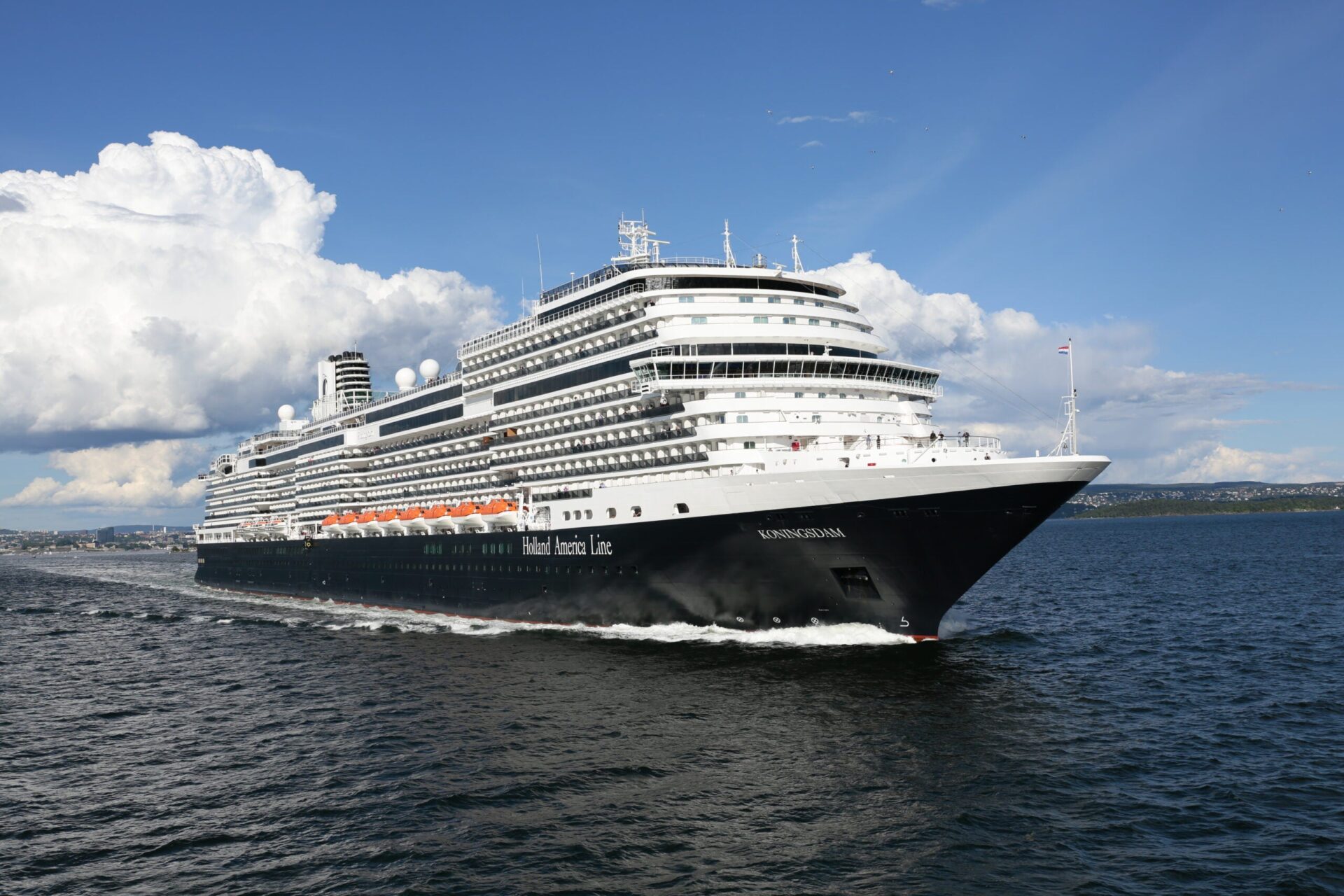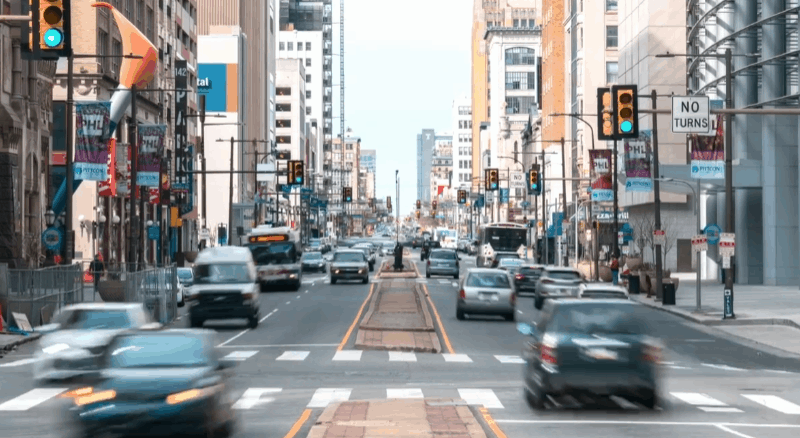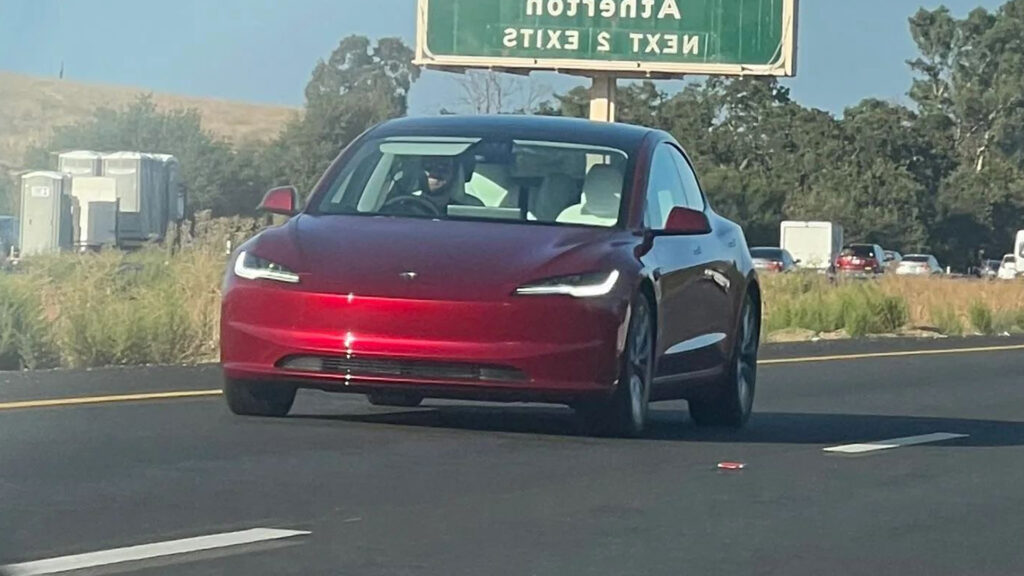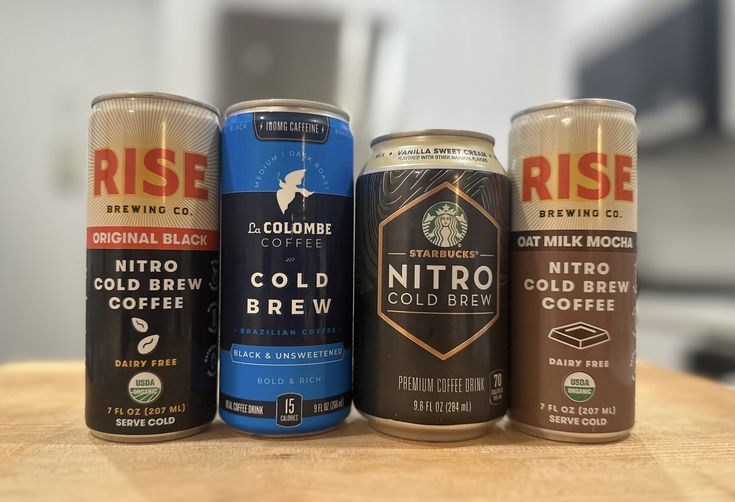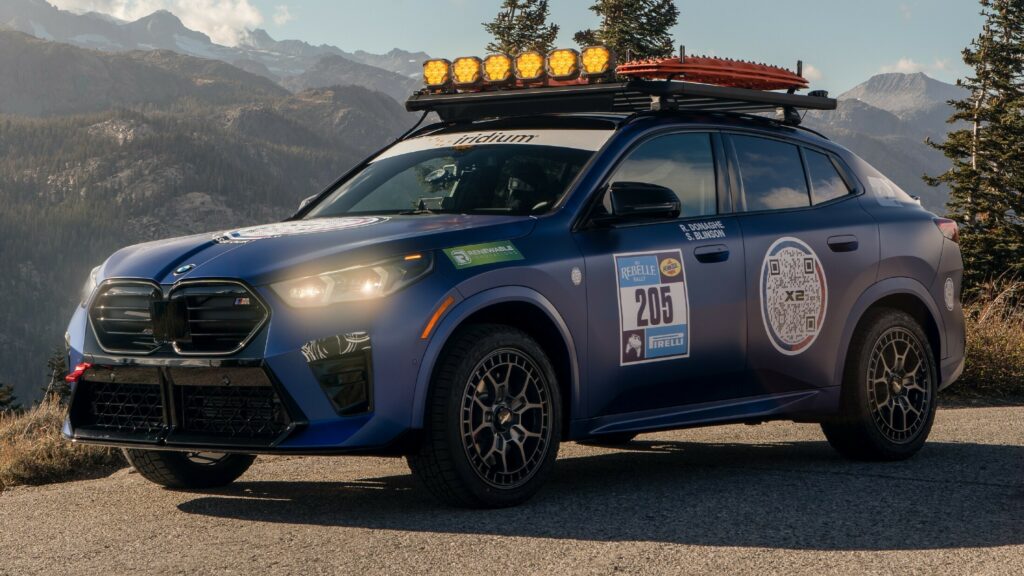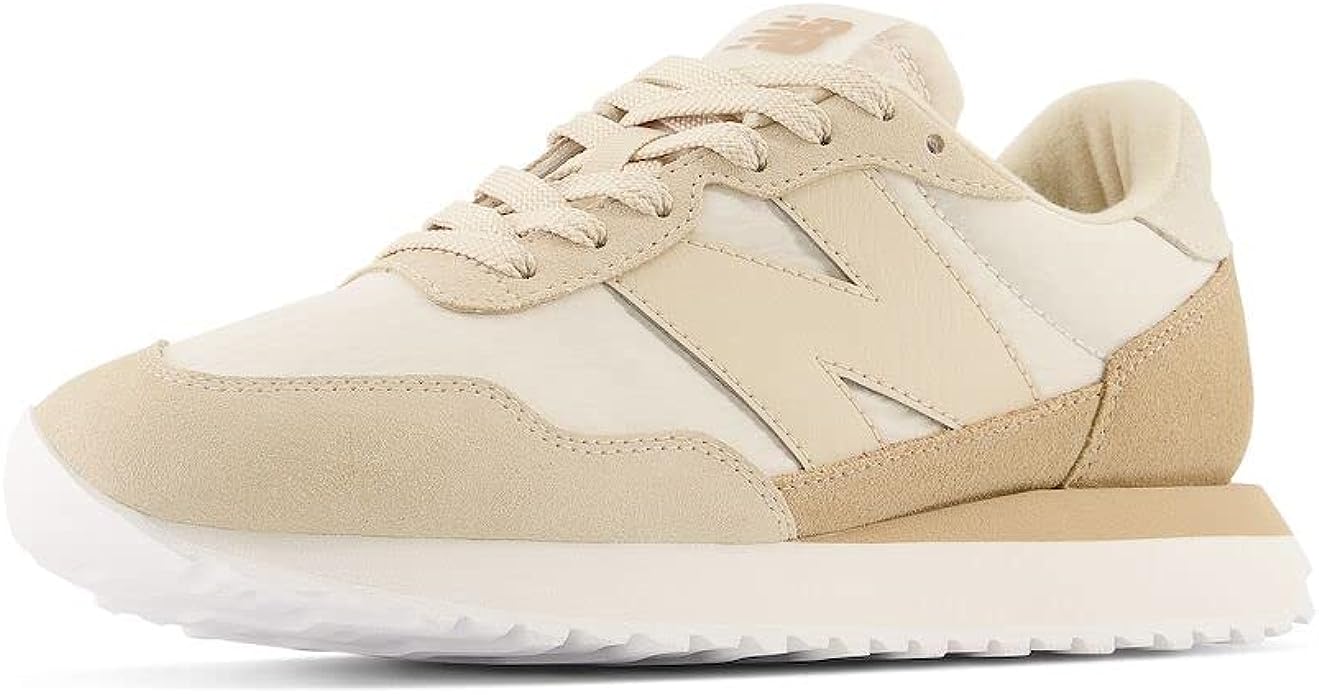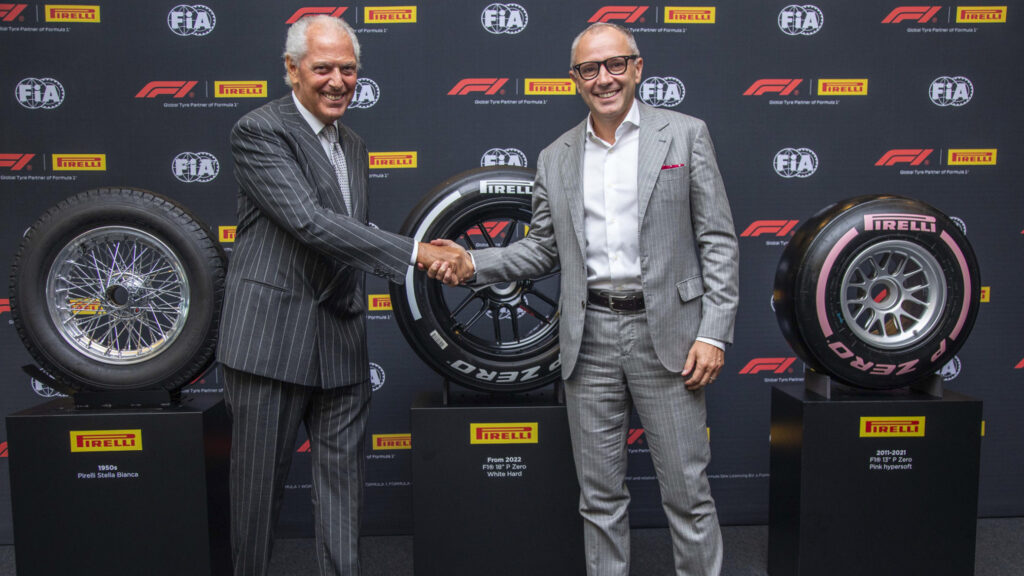Well+Good
Now that sandal season has officially come to a close, it’s time to get excited for fall footwear. And in the year of our lord Taylor Swift, 2023, there are plenty of shoe trends worth getting hyped up about—most of which happen to be pretty dang good for your feet.
Gone are the days of us teetering around in thigh-high boots with sky-high heels. Thankfully, we’ve collectively decided to trade in styles that leave our feet screaming for options that we can keep on for our hot girl walks—including sneakers, lug soles, and the clogs and ballet flats that have been hidden in the back of your closet since middle school. But! Just because something looks comfortable (read: flat), it doesn’t mean it actually is. And we don’t want you to have to learn that the hard way, stuck in a pair of shoes that’s giving you blisters and back pain.
Below, Dallas podiatrist Nam Tran, DPM, shares his definitive ranking of every fall shoe trend from best to worst (or healthiest to least), and reveals what to look for before adding any of these picks into your autumn rotation.
1. Sneakers
Surprise, surprise: From a podiatrist’s perspective, your everyday sneakers get top-billing for how easy they are on your feet—and thankfully, they’re just as in-style this season as they have been in seasons past.
“Sneakers are by far the best shoes from a foot health perspective. They are supportive, shock absorptive, and designed for long periods of strenuous activity,” says Dr. Tran. “The two main things to look for are the amount of arch support and the thickness of the sole. A good arch support is necessary to avoid injury, and a thick sole can absorb the shock from walking, making it healthier for your knees and hips.”
New Balance, 237 V1 Sneakers — $89.00
“Dad sneakers” have been a thing for years now, and they don’t seem to be going anywhere fast. This pick will look perfect with jeans and your favorite cozy cashmere.
2. Lug soles
The Doc Marten-style chunky shoes and boots that have been all over your Instagram feed of late aren’t just great for adding some edge to your outfit (pair ’em with a flouncy mini skirt for a surprising-but-chic combo)—they also offer A+ sole support.
“Lug sole shoes and boots can be great for people suffering from joint pain,” explains Dr. Tran. “The thick sole restricts the movement of the little joints of the foot. This can help decrease the wear and tear of a joint.” He recommends looking for soles that are less than two inches in height, since anything too thick can create instability that puts you at risk for ankle sprains.
Sam Edelman, Laguna Chelsea Boot — $170.00
These boots from Sam Edelman fit all of Dr. Tran’s recommendations: They’ve got a thick sole, a 1.5 inch heel, and—bonus—come in literally every fall color you can imagine.
3. Boots
As you can imagine, not all boots are created equally—some are a whole lot healthier for you than others. (Case in point: No podiatrist is going to suggest you wear a thigh-high stiletto). The best of the best boots for foot health, says Dr. Tran, are of the lace-up variety because they help provide ankle support. Your best bet is to look for something in this category with a heel no higher than two inches, because anything more can make you more prone to injuries like sprained ankles, metatarsalgia, and Achilles tendinitis.
Dr. Scholl’s, Laurence Ankle Boot — $63.00
Podiatrists have given us a full list of fall boots to choose from, but this ankle-skimming pair from Dr. Scholls is one of our favorites. Thanks to their lace-up design, you can customize your own perfect fit, and the 2-inch heel gives you just the right amount of lift.
4. Mary Janes
“Mary Janes can be a great option for a dress shoe,” says Dr. Tran. “These often have a small heel to make them stable, and a top strap that allows them to be securely fastened to the feet. The downside is that there is very little cushion for its wearer.”
He adds that looking for a Mary Jane that’s wide enough for your foot is important, because “if the shoe is too narrow, this can cause a lot of pain on the inside and outside of the foot.”
Vivia, Square-Toe Mary-Jane — $97.00
Made with stretchy material (that comes from recycled water bottles!), Vivia’s take on the Mary Jane will form to your feet for maximum comfort, and is designed to fit widths from A to EE. The adjustable buckle will help you make things even more snug, and the arch-supporting insole and blister-preventing heel pad will have you running around in these all day pain-free.
5. Loafers
Just like boots, loafers can be hit or miss, depending on the exact style. “Sometimes they offer some cushion and support, but other times—like with boat shoes—loafers can be made with thin materials that offer virtually no support,” says Dr. Tran. “In addition, loafers are made to slip in and out of without a proper lacing system. This makes the shoe sit loose on the foot and that can lead to pain and injury when walking long distances.”
When searching for a loafer that you can strut around in for hours, Dr. Tran suggests looking for a snug fit. “Some come with an elastic system on the tongue that can aid in making the shoe fit a little better,” he says.
Vionic, Elodie Loafer — $149.00
Any time you buy shoes from Vionic, you know you’re getting something that will keep your feet happy all day. The brand’s supportive technology was designed with the help of podiatrists, and these loafers—with their lug sole, snug fit, and microfiber footbed—check all of Dr. Tran’s boxes. Even better? The gold chain is removable, which means you can easily dress them up or down.
6. Clogs
Before you pull out the Birkenstock clogs that have been hidden in the back of your closet since 2006, know that Dr. Tran names this style as one of his least recommended shoes. The reason? “Clogs often are not well secured to the foot. Even worse, some clogs have a large heel that makes the shoe unstable,” he says. “An unstable, non-secured shoe is an ankle sprain waiting to happen.”
If you absolutely can’t resist hopping on the clog trend, “finding one with a back strap is a must,” says Dr. Tran. This way, there’s at least some element of stability to prevent your feet from slipping and sliding and getting hurt.
Birkenstock, Tokio Shearling — $185.00
If you’re dead set on adding a pair of clogs to your routine, Birkenstocks are the move. This pair comes with a back strap to keep your heel securely in the shoe, and is insulted with fuzzy shearling to keep your toes cozy.
7. Ballet flats
Ballet flats are another early aughts trend that’s having a moment this fall, but it’s decidedly not because they’re good for your feet (as cute as they may be!).
“Unfortunately, ballet flats fall at the bottom of the list,” says Dr. Tran. “I admit they are pretty, but these shoes have no support, no lacing system, are made of thin materials with no cushion, and are often narrow, thereby squishing the toes together.” He notes that the top complaint he sees from patients who have spent long periods of time walking in ballet flats is toe pain, likely because the tip of the shoe was too narrow. To combat this, “try finding a ballet flat that is wide enough to fit your toes with some wiggle room,” he says.
Margaux, The Demi — $225.00
We get it: A pair of cute ballet flats is hard to resist. If you’re going to do it, opt for this Margaux pair. While they don’t have a whole lot of support, they come in three different widths (narrow, regular, and wide) so you can find your perfect fit. Also nice? There are 12 colors and 17 sizes to choose from.

